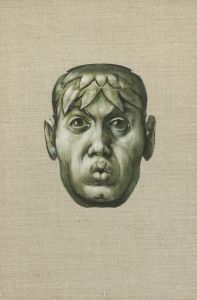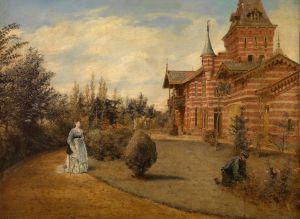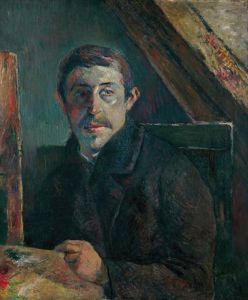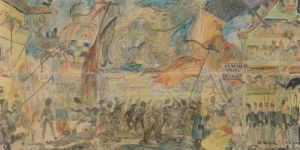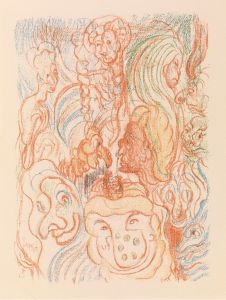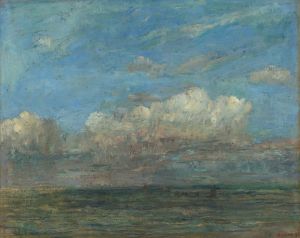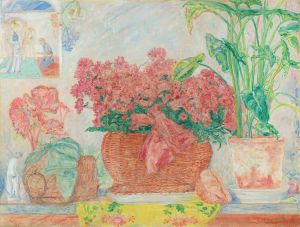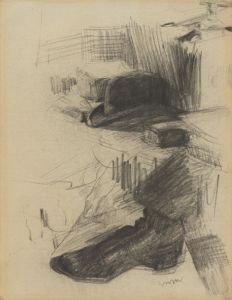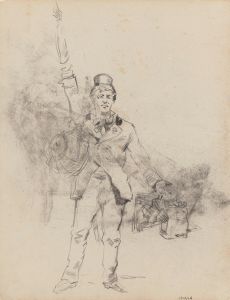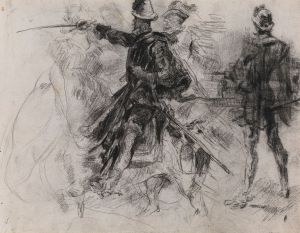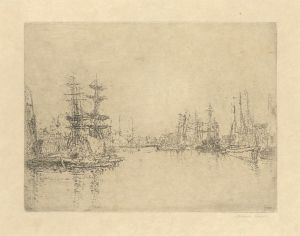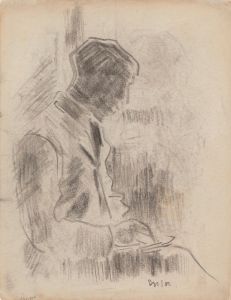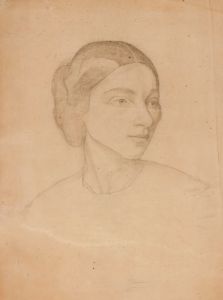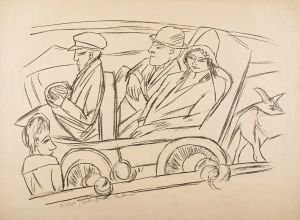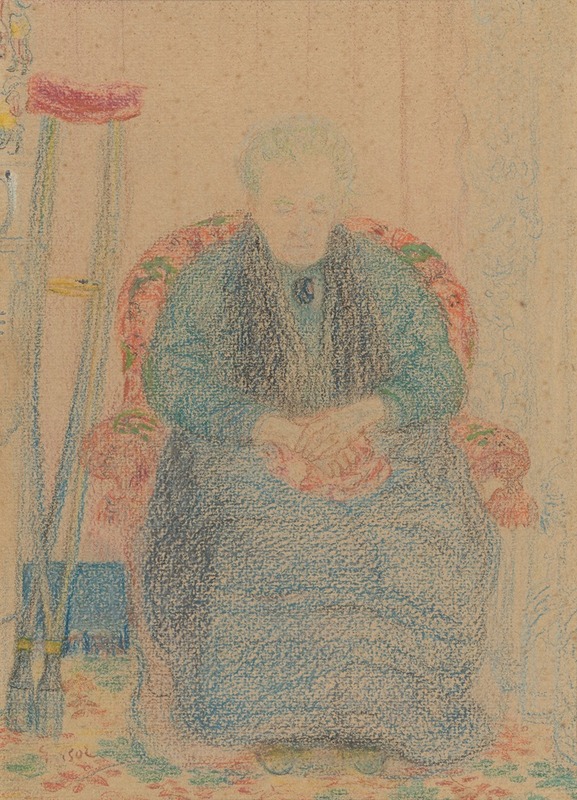
Mijn tante
A hand-painted replica of James Ensor’s masterpiece Mijn tante, meticulously crafted by professional artists to capture the true essence of the original. Each piece is created with museum-quality canvas and rare mineral pigments, carefully painted by experienced artists with delicate brushstrokes and rich, layered colors to perfectly recreate the texture of the original artwork. Unlike machine-printed reproductions, this hand-painted version brings the painting to life, infused with the artist’s emotions and skill in every stroke. Whether for personal collection or home decoration, it instantly elevates the artistic atmosphere of any space.
"Mijn tante" (My Aunt) is a painting by the Belgian artist James Ensor, created in 1881. Ensor, born in 1860 in Ostend, Belgium, is known for his unique and often provocative style that blends realism with elements of the grotesque and the fantastical. His work is characterized by its bold use of color, intricate detail, and often satirical or critical themes.
"Mijn tante" is a portrait of Ensor's aunt, a figure who played a significant role in his life. The painting is notable for its intimate and personal nature, capturing the essence of his aunt with a sense of affection and familiarity. Ensor's use of light and shadow in this work highlights his skill in rendering the human form and his ability to convey personality and emotion through his brushwork.
The painting is executed in oil on canvas, a medium Ensor frequently used throughout his career. The composition is relatively straightforward, focusing on the figure of his aunt seated in a domestic interior. The background is simple, allowing the viewer's attention to remain on the subject. Ensor's aunt is depicted with a calm and composed expression, her attire reflecting the fashion of the time.
Ensor's early works, including "Mijn tante," often reflect the influence of the academic training he received at the Académie Royale des Beaux-Arts in Brussels. However, even in these early pieces, there are hints of the more experimental and avant-garde direction his later work would take. "Mijn tante" is a testament to Ensor's ability to capture the subtleties of human character and his keen observational skills.
Throughout his career, Ensor was associated with the avant-garde group Les XX (The Twenty), a collective of artists who sought to challenge the traditional art establishment in Belgium. His work often incorporated elements of satire and social commentary, and he is perhaps best known for his later works featuring masks and skeletons, which critique societal norms and human folly.
"Mijn tante" remains an important piece within Ensor's oeuvre, showcasing his early development as an artist and his ability to create deeply personal and evocative portraits. The painting is part of the collection at the Royal Museum of Fine Arts in Antwerp, where it continues to be appreciated by art enthusiasts and scholars alike.
Ensor's legacy as a pioneering figure in modern art is well established, and "Mijn tante" provides valuable insight into the formative years of his artistic journey. The painting not only highlights his technical proficiency but also his capacity to infuse his work with a sense of intimacy and emotional depth.





